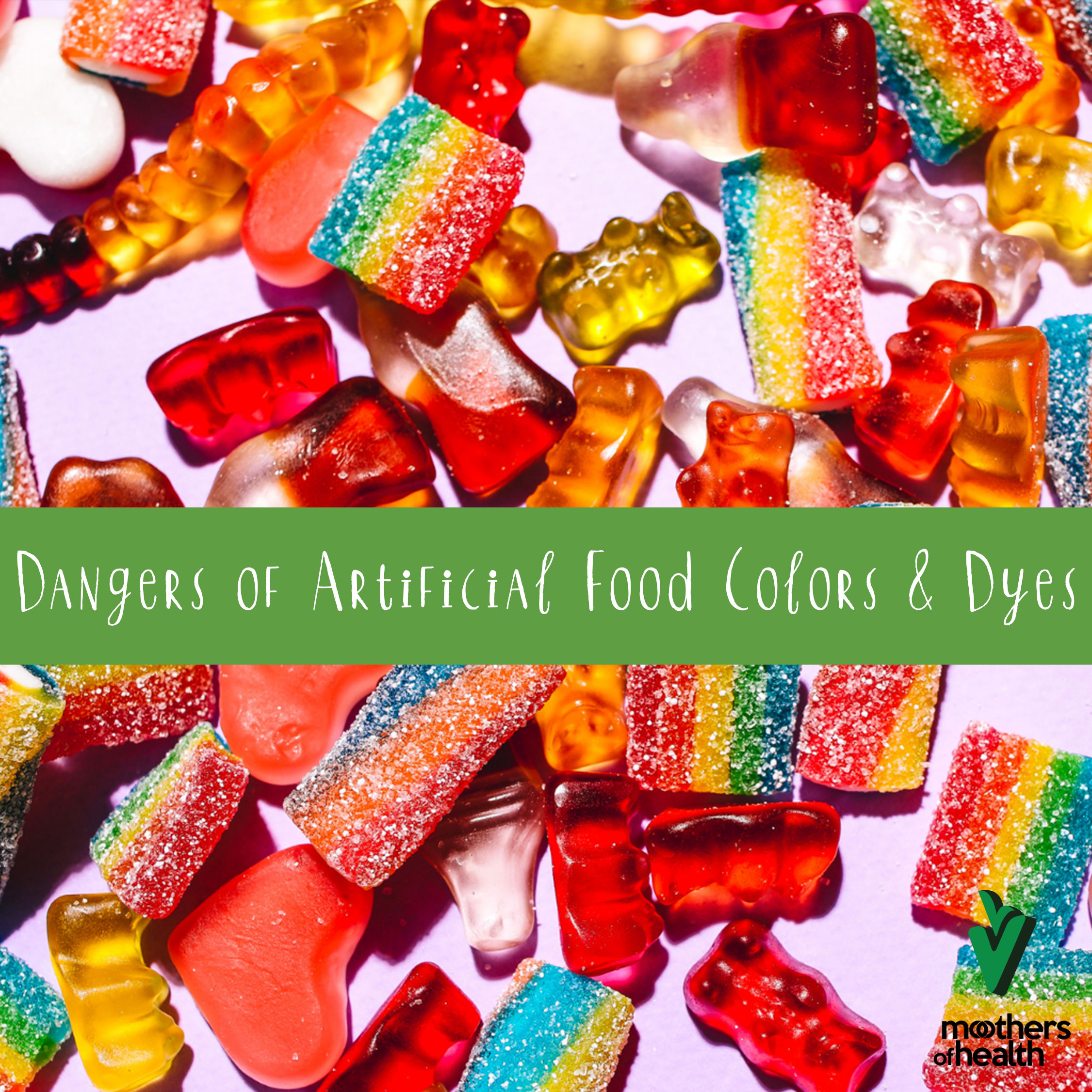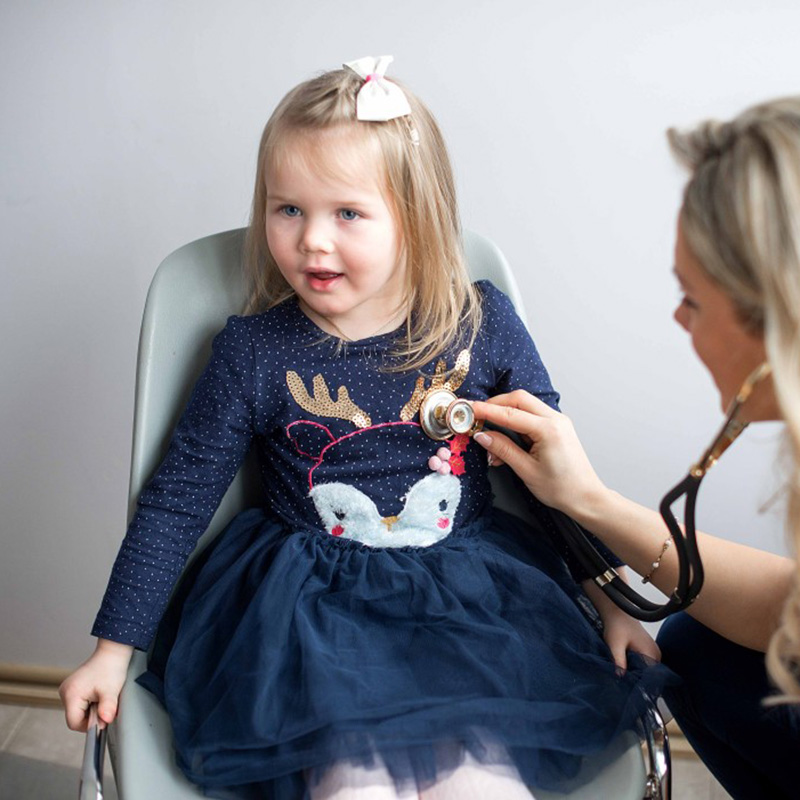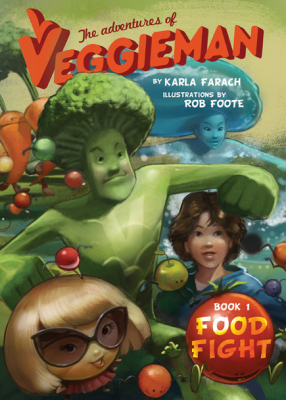
Orange-stained fingertips, an electric blue tongue, green lips. These are telltale signs your child has been eating artificially colored foods like cheese puffs, gummy snacks, and candy. You don’t have to look very far to find these dyes hiding in packaged fare. Parents should know the potential risks of these man-made colors.
What Are Artificial Food Colors?
In the past, artificial colors were primarily made from tar derived from coal. Now, synthetic food dyes mostly come from petroleum byproducts. The dyes are permitted under the U.S. Food, Drug, and Cosmetic Act (FD&C). That’s why you may see FD&C in the name of a color on a food label, such as “FD&C Blue 1.” Including FD&C in the name is optional, so it may simply be listed as “Blue 1.”
You may also see “lake” colors on food labels, such as “Blue 1 Lake.” These are straight dyes bound to another compound, typically aluminum compounds. This makes them more stable, so the colors don’t “bleed.” You will see them in items like cake mix, chewing gum, and hard candies. But aluminum is a heavy metal and could harm developing brains.
To check that artificial colors aren’t contaminated with certain toxic impurities, such as benzidine, each batch must be tested. But this testing is inadequate. For example, FDA testing detects benzidine by itself, but it doesn’t measure the chemical bound to other compounds. So, kids (and all of us) could be getting higher exposures to this cancer-causing contaminant than the FDA deems “safe.”
Artificial Food Dyes and Children
A scientific review from the University of California and the Center for Science in the Public Interest found that all the currently FDA-approved artificial food dyes come with some degree of health concern. In fact, more food dyes have been found to be risky compared to any other type of food additive used over the past century.
What’s especially worrisome is that exposures to food dyes and associated chemicals could have a bigger impact on small children, based on their lower body weight. Moreover, some of the evidence certifying food dyes are safe is outdated and based on unrealistically low intakes.
On average, we’re consuming five times the amount of artificial food colors compared to the 1950s. Children tend to consume more of the food dyes than adults.
Some of the top concerns about artificial food dyes used today are their potential effects on cancer risk, gut damage, DNA (genetic) damage, and allergies. A growing body of research also suggests artificial colors could cause hyperactivity, poor attention, and impulsiveness in children.
The tricky thing is that not all kids are equally affected. Studies and parents’ reports suggest some children seem to be more sensitive to the food dyes than other kids.
Common Artificial Food Dyes
Seven FD&C artificial dyes are FDA-approved for general use in food. You’ll find them in items like breakfast cereals, yogurt, gelatins, crackers, snack chips, sauces, ice cream, sherbet, popsicles, baked goods, frosting, fruit juice drinks, sodas, candy, and other sweets.
Here are the names of the seven dyes, along with a look at some of the potential health risks:
- Blue 1 (Brilliant Blue): bright blue color. Lab tests suggest it may be toxic to nerves. This is especially worrisome for fetuses and babies under six months old since their blood-brain barrier (the protective cells lining the brain’s blood vessels) isn’t fully developed.
- Blue 2 (Indigotine or Indigo Carmine): royal blue color. Animal research suggests it could increase the risk of brain tumors.
- Green 3 (Fast Green): turquoise color. Animal and lab studies suggest it may increase the risk of bladder cancer.
- Red 3 (Erythrosine): pink-red color (such as in maraschino cherries). It has been shown to cause cancer in animals.
- Red 40 (Allura Red): orange-red color. Animal research suggests it could interfere with learning and memory.
- Yellow 5 (Tartrazine): lemon-yellow color. Some people have developed hives or other allergy symptoms after consuming this dye.
- Yellow 6 (Sunset Yellow): orange color. Similar to Yellow 5, this color has also caused hypersensitivity or allergy-type symptoms.
All the above colors are required to be listed individually on the food label if present. Look for them in the “Ingredients” section of the label. About 90% of artificial colors used today are Red 40, Yellow 5, and Yellow 6.
By the way, the reason for the seemingly erratic numbering system for food dyes is that many of them have already been banned due to safety concerns. That’s why you won’t see dyes like Yellow 1, 2, 3, and 4 in foods. Animal studies showed these artificial colors caused various types of organ damage.
The next time you see eye-popping colors in foods, check to see where the color is coming from. Even if you don’t catch all of them, helping kids cut back on artificial colors could help. The risks generally increase the more children consume the food dyes.










